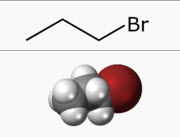What’s New in OSHA’s Draft Safety and Health Program Management Guidelines?
In 1989, OSHA published a guidance document to aid employers in creating an effective umbrella program encompassing all of its safety and health management activities. OSHA issued a draft update of these guidelines in November 2015, for public comment. The comment period closed in February, and OSHA is poised to issue its updated guidelines.










